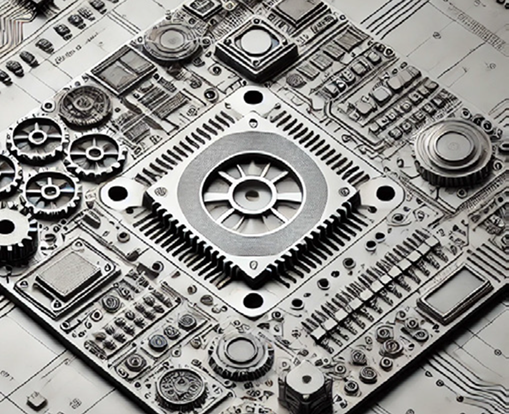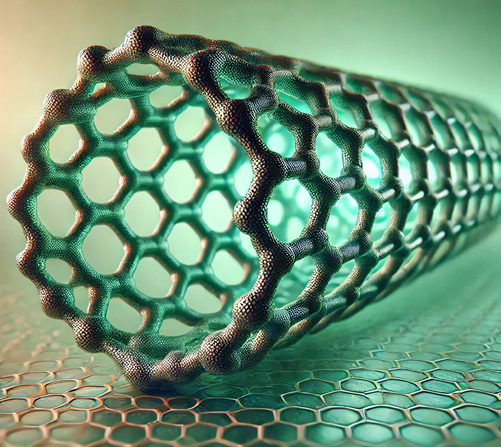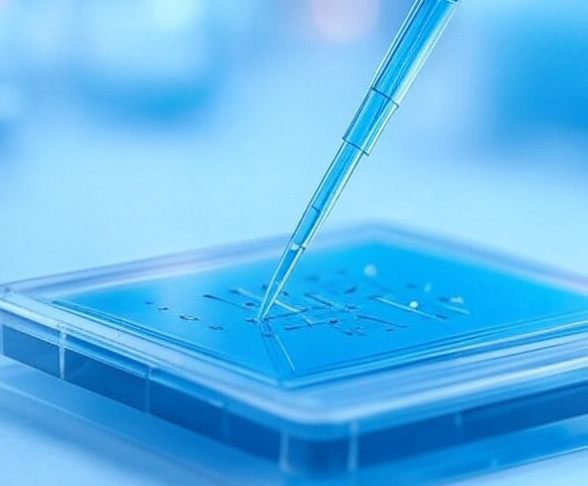Graduates in Nanotechnologies for ICTs are naturally employed in R&D roles across high-tech industries, universities, and research centers, working in strategic sectors for the EU and Italy such as electronics, energy, and biomedicine. The English-taught curriculum and the program’s strong international character prepare graduates to engage with the global market, aligning with European initiatives and national priorities where nanotechnologies are central.
Nanotechnologies for ICTs is classified with the degree code LM-29, being therefore equivalent to a master of science in Electronic Engineering and guaranteeing the typical opportunities of an advanced engineering curriculum.

Designer of Micro/Nanodevices and Integrated Systems
Specialized in the design and optimization of sensors, actuators, and microfluidic devices based on quantum and physical phenomena at the nanoscale. Selects materials, manages the integration of active/passive components, and oversees final testing. Applications span ICT (data storage, signal processing), biomedicine (precision diagnostics), energy, and agrifood sectors.

Research Engineer in Micro/Nanotechnologies and Advanced Materials
Performs fundamental or applied research in industrial and research laboratories, developing innovative nanomaterials and studying emerging physical phenomena. Collaborates with multidisciplinary teams (engineers, physicists, biologists) to design advanced devices and hybrid systems, analyzing their structural and functional properties. Expertise in material synthesis, growth, and processing techniques.

Developer of Micro/Nanosystems for ICT and Sustainability
Designs integrated systems (detection, microfluidics, analysis) for ICT, biomedicine, energy, and environmental applications. Optimizes robustness, portability, and performance of technologies such as environmental sensors (contaminant tracking), biological micromanipulation devices, and energy storage solutions. Bases work on chip-integrated microelectronics and multifunctional nanodevices.